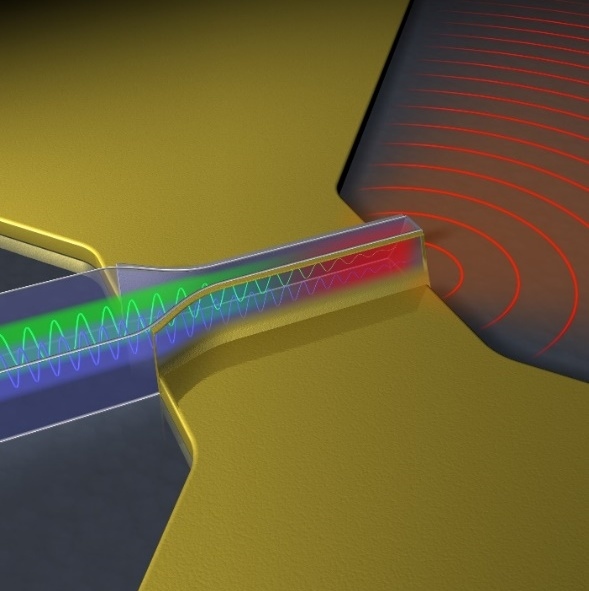
October, 2018: Scientists of IPQ and IMT have demonstrated ultra-fast silicon-plasmonic devices for generation and detection of terahertz signals. The devices can be integrated on the silicon photonic platform, bringing together photonics, electronics and terahertz technologies on a common substrate. The concept offers promising perspectives for a wide variety of applications, including high-speed communications, life sciences and industrial metrology. The publication appeared in the October issue of Nature Photonics.
Media response: Nature Photonics
Original publication: Nature Photonics
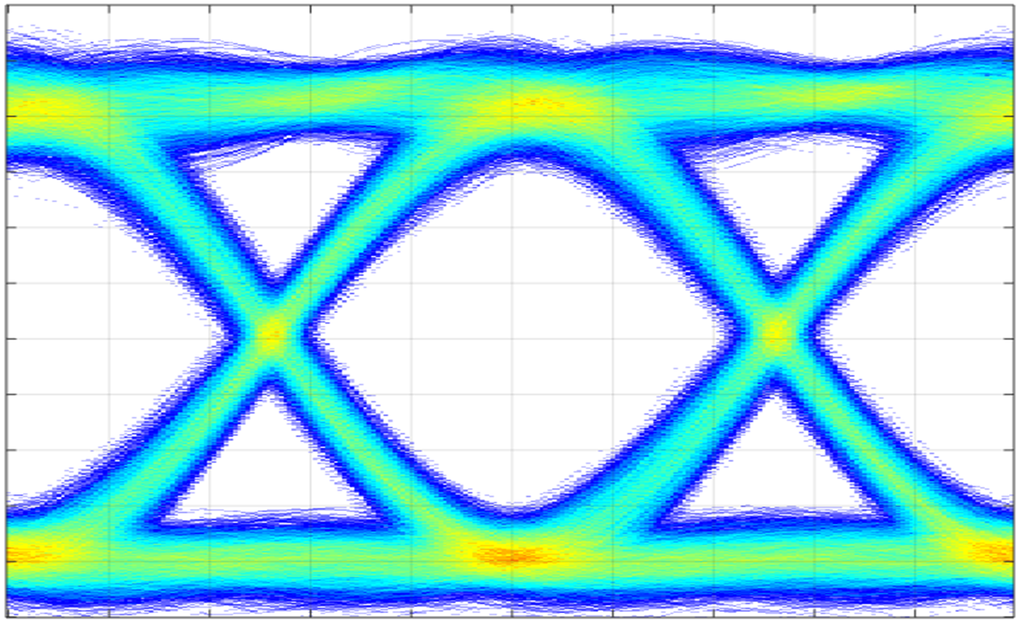
June 2018: Scientists of IPQ, IMT and University of Washington have demonstrated the highest in-device electro-optic (EO) activity in a high-speed EO modulator so far. This was achieved by using the organic EO material JRD1, which is the result of theory-guided optimization of its molecular design. In the so-called silicon-organic hybrid integration concept, this material was combined with standard silicon-photonic waveguides, forming hybrid modulators. The devices operate very efficiently, enabling high-quality optical data transmission at 40 Gbit/s with ultra-low drive voltages as low as 140 mVpp. Thus, based on these devices, highly energy-efficient communication networks could be realized in the near future and the devices could be of prime importance for low-power information processing in tomorrow’s data centers.
Original publication: Optica
KIT Press release: German

July 2018: The IPQ/IMT project team "DELPHI - 3D Laser Lithography for Photonic Integration" will receive the Second Prize of the renowned Berthold-Leibinger Innovation Prize. The DELPHI project group, headed by Christian Koos, was dedicated to industrial adoption of femtosecond laser lithography as a tool for 3D additive nanofabrication in integrated photonics and has led to foundation of the start-up company Vanguard Photonics GmbH. The project builds upon multi-photon lithography for fabrication of single-mode photonic waveguides and free-form micro-optical elements for efficient coupling of optical microchips. The award ceremony will take place on September 21, 2018 in Ditzingen, Germany.
Learn moreThe Berthold Leibinger Innovationspreis is awarded for outstanding innovations in the field of applied laser technology. It is open to participants worldwide. The prize is awarded biennially by the German non-profit foundation Berthold Leibinger Stiftung. The winners are selected from eight finalists that present their work person in a jury session. The jury is composed of international experts from different fields.
Delphi project team:
Christian Koos¹², Muhammad Rodlin Billah¹², Matthias Blaicher¹, Philipp-Immanuel Dietrich¹², Alois Hauk², Andreas Hofmann¹, Tobias Hoose¹, Nicole Lindenmann¹
¹ Karlsruhe Institute of Technology (KIT), Germany
² Vanguard Photonics GmbH, Eggenstein-Leopoldshafen, Germany
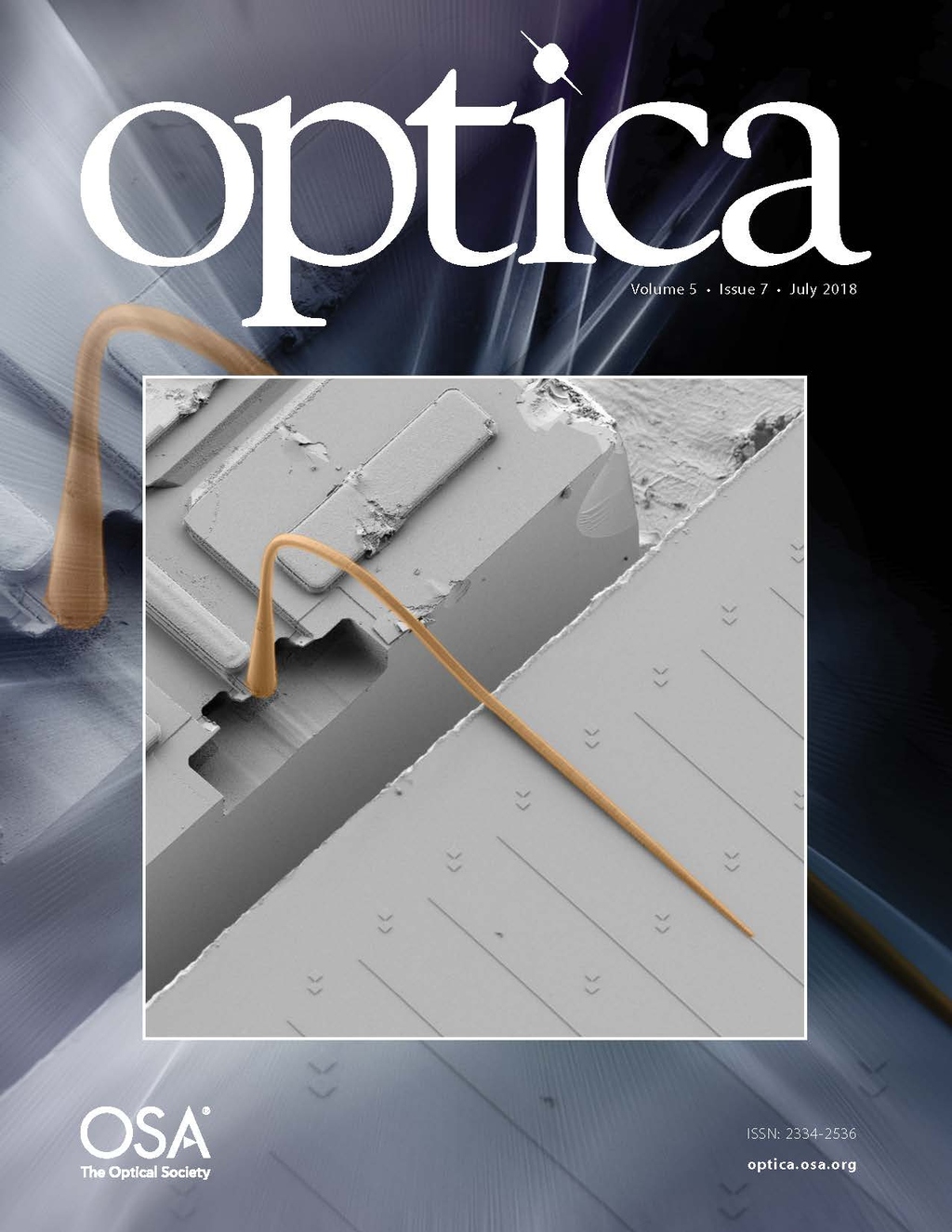
July 2018: The additive 3D nanostructure group of IPQ and IMT has demonstrated efficient coupling of III-V light sources to silicon photonic circuits using photonic wire bonding (PWB). The technique exploits direct-write two-photon lithography for in situ fabrication of three-dimensional freeform waveguides between optical chips. The work showed that the PWBs can have insertion losses as low as 0.4 dB and introduce no detrimental effect on the linewidth or the threshold of the DFB lasers. Combined with previously demonstrated chip-to-chip and fiber-to-chip connections, we expect photonic wire bonding to evolve into a universal integration platform for hybrid photonic multi-chip assemblies.
The published work is made as the cover of Optica Vol. 5, Issue 7, 2018.
Original publication: Optica
KIT Newsletter: German

March, 2018: The OSA Foundation and Corning Inc. announced the winners of the annual Corning Outstanding Student Paper Competition at this year's Optical Fiber Communications Conference (OFC 2018), the largest conference and exhibit for optical communications and networking, with more than 15,500 attendees, 700 exhibitors from 65 countries, and over 850 peer reviewed technical presentations.
Christoph Füllner, PhD candidate at the IPQ, won the Grand Prize for his paper "Transmission of 80-GBd 16-QAM over 300 km and Kramers-Kronig Reception Using a Low-Complexity FIR Hilbert Filter Approximation" in a fierce competition among around 220 PhD submissions and five finalists.
The Corning Outstanding Student Paper Competition has been established in 2007. With three Grand Prize winners (2010, 2013, and 2018) and two honorable mentions (2012, 2016), the IPQ is demonstrating global leadership in the field.
Learn more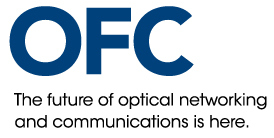
March 15, 2018: A collaboration of researchers from the University of Paderborn, the Heinz Nixdorf Institut in Paderborn and KIT-Institute of Photonics and Quantum Electronics presented their postdeadline paper "64 GBd Monolithically Integrated Coherent QPSK Single Polarization Receiver in 0.25µm SiGe-Photonic Technology" the most recent results on a monolithically integrated coherent receiver at this year’s Optical Fiber Communications Conference (OFC) in San Diego, California, USA.
OFC Post-Deadline papers represent the latest groundbreaking technical achievements in the field, and only a few are selected by a panel of experts in a highly competitive process. OFC is indisputably the world's leading global conference and exposition for optical communications and networking professionals
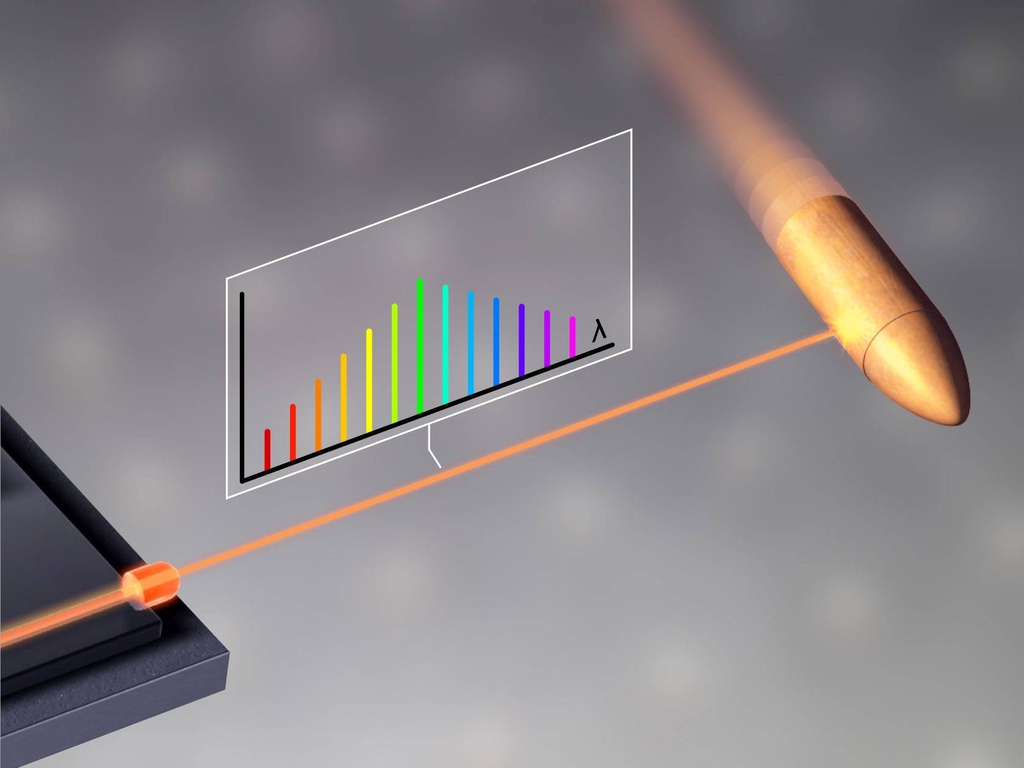
February 2018: Scientists of IPQ and École polytechnique fédérale de Lausanne (EPFL) have demonstrated the fastest distance measurement so far. The researchers demonstrated on-the-fly sampling of a gun bullet profile with micrometer accuracy. The experiment relied on a soliton frequency comb generated in a chip-based optical microresonator made from silicon nitride. Potential applications comprise real-time 3D cameras based on highly precise and compact LIDAR systems. The publication appeared in Science Vol. 359, Issue 6378 today on 23 February 2018.
KIT Press release: German, English
Original publication: Science
